06 Mar 2021 - {{hitsCtrl.values.hits}}
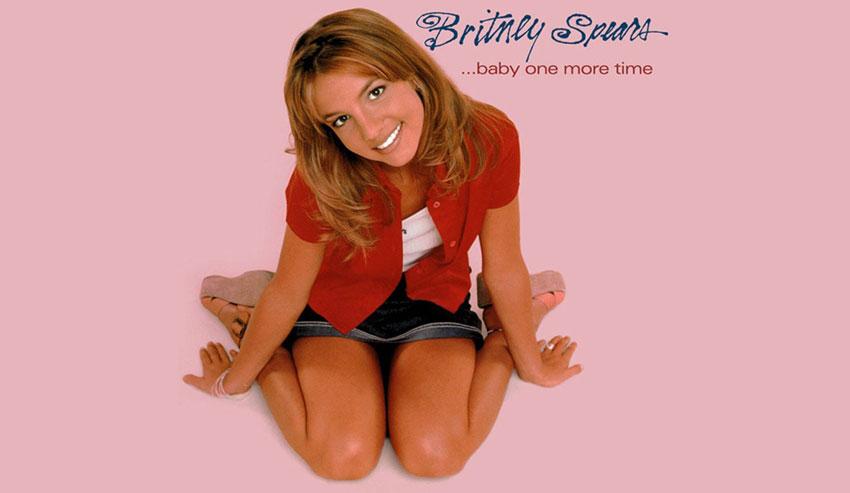
 A few years ago at a friend’s wedding, two little girls performed a dance routine, they came on the dance floor, everyone clapped and said oh! how cute. The music started and it was a Pop hit, everyone started cheering and then the girls started to perform. They were lip synching, the words were full of innuendo and then they danced, it was the same sexually charged routine from the music video and the crowd loved it. They were cheering and encouraging them, their parents at the front of the crowd videoing them on their phones proud as punch, I stood there and felt sick to my stomach.
A few years ago at a friend’s wedding, two little girls performed a dance routine, they came on the dance floor, everyone clapped and said oh! how cute. The music started and it was a Pop hit, everyone started cheering and then the girls started to perform. They were lip synching, the words were full of innuendo and then they danced, it was the same sexually charged routine from the music video and the crowd loved it. They were cheering and encouraging them, their parents at the front of the crowd videoing them on their phones proud as punch, I stood there and felt sick to my stomach.
 From the moment we wake up till we go to sleep we are bombarded with sexual imagery it’s everywhere, advertising, T.V., film, fashion, music, social media – yes, we know that sex sells but this is now bordering on the grotesque! Are we being conditioned to accept hyper-sexuality as the new normal, even when it comes to children?
From the moment we wake up till we go to sleep we are bombarded with sexual imagery it’s everywhere, advertising, T.V., film, fashion, music, social media – yes, we know that sex sells but this is now bordering on the grotesque! Are we being conditioned to accept hyper-sexuality as the new normal, even when it comes to children?
Hyper-Sexualization or the sexualization of public space, involves the attribution of a sexual character to a product or behavior that has nothing intrinsically sexual about it. The sexualization of public space habituates the public to stereotyped and unrealistic representations of women and has trickled down from adults to children. Seduction and attention-seeking sum up the roles often attributed to them. Women are also under intense pressure to be sexually active and attractive.
The current generation of tweens is far more advanced than girls from past eras. These girls are far more mature because they’re living in a world in which everything that could possibly be sexualized is sexualized, from toys to clothing to food!
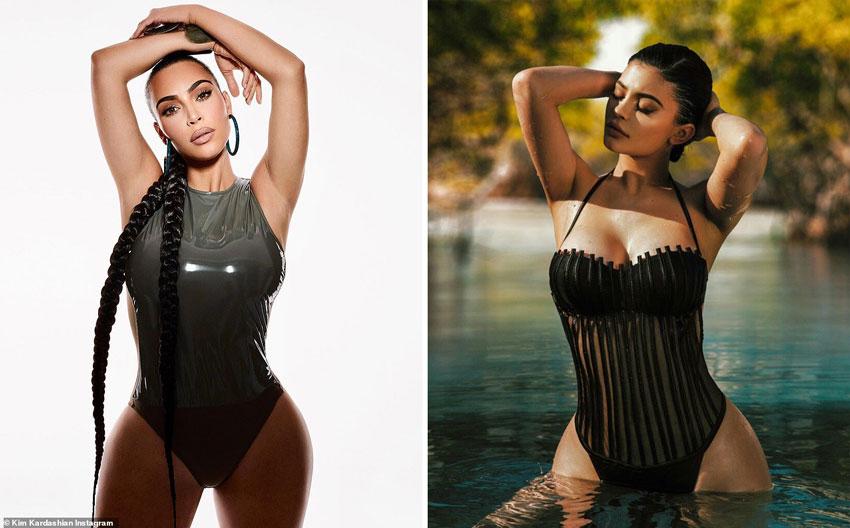
A report by the American Psychological Association (APA) on the sexualization of girls in the media found that girls are depicted in a sexual manner more often than boys; dressed in revealing clothing, and with bodily postures or facial expressions that imply sexual readiness. In a study of print media, researchers at Wesleyan University found that on average, across fifty-eight different magazines, 51.8 percent of advertisements that featured women portrayed them as sex objects. However, when women appeared in advertisements in men’s magazines, they were objectified 76 percent of the time.
Social media has "amplified age-old pressures for teenage girls to conform to certain sexualized narratives," according to a study published by The American Journal of Psychiatry. Hyper-sexualized models of femininity in the media affect the mental, emotional and physical health of girls and women on a global scale. “Consequences of Hyper-sexualization for girls and women include anxiety about appearance, feelings of shame, eating disorders, lower self-esteem and depression,” UNICEF.
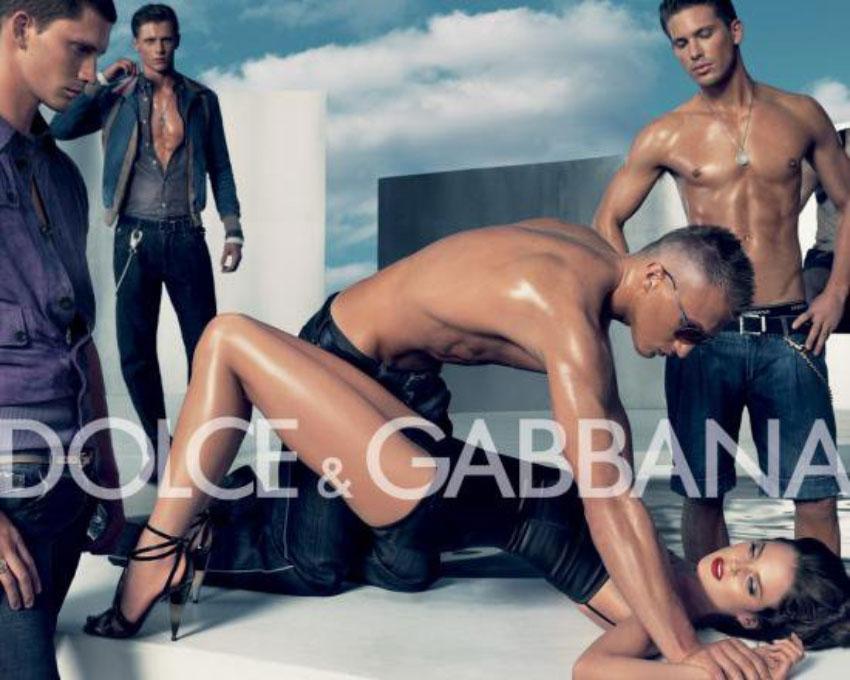
Social theories of writers like Marcuse believe that consumer capitalism is a form of thought control that manipulates people into conformity. Betty Friedan’s important analysis in The Féminine Mystique, first published in 1963, identified women in particular as victims of consumerism; controlled, repressed, exploited and enthralled. The more hypersexualized images and references we are bombarded with the more normal it becomes.
In the early 2000’s when Britney Spears was a global phenomenon doing her school girl meets Mata Hari thing, with a few crop-tops and hot pants thrown in for good measure, it unquestionably had an impact on the way millions of teens and tween-agers dressed. For many crop-top wearing tweens, sex would have been the last thing on their minds. They just wanted to look like their idol.
When Miley Cyrus, another young idol, went from Hannah Montana to barely clothed onstage twerking, there were tweens all over the world emulating her, and fashion companies churning out her barely their outfits.
While the narrative for high fashion brands is changing, as they try to disassociate themselves from the sexed-up culture, they had a hand in perpetuating through the ages. The “Me Too” movement has made them reassess their contributions and reevaluate their brand positioning. We’re slowly waking up to the fact that 15-year-old models shouldn’t be on the catwalk in clothing that has no relevance to them and the 40+ women who can afford to shop with these brands, shouldn’t aspire to look like a 15-year-old! The fact that it’s taken us this long to get there is pretty appalling. Those who pointed this out earlier, were shunned and were labelled prudes, or told they didn’t’t appreciate irony.
Ultra-luxurious (which translates into prohibitively expensive) brands such as The Row, Valentino, Brunello Cuccinelli, Loro Piana and Gabriela Hearst pursue an ethereal, monastic-like beauty. Edgier brands like Gucci and Balenciaga desexualize their models to the point where it’s impossible to tell what gender they are. This will trickle down into fast fashion eventually.
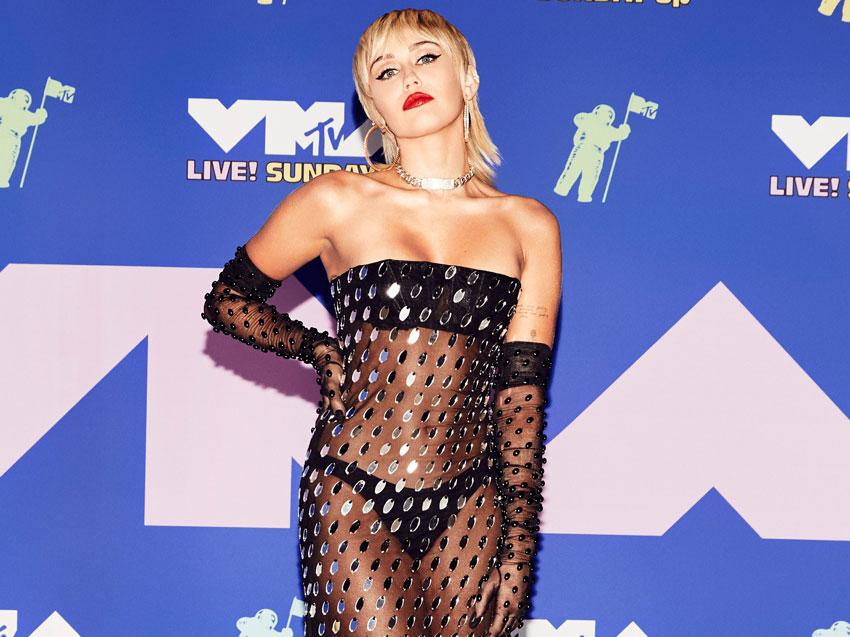
These days sexy is so out of high fashion it’s almost retro. Once Victoria Beckham decided she wanted to be taken seriously as a fashion designer, she had her breast implants removed. Even the ratings bonanza that was the Victoria Secrets annual cleavage fest disappeared, along with the models’ inane statements about it being “so empowering”. Empowering to their bank balances perhaps, but hard to see any other real positive influence. The fact that its owner Les Wexner had to step down from the company because of his close friendship with Jeffrey Epstein was pretty telling too.
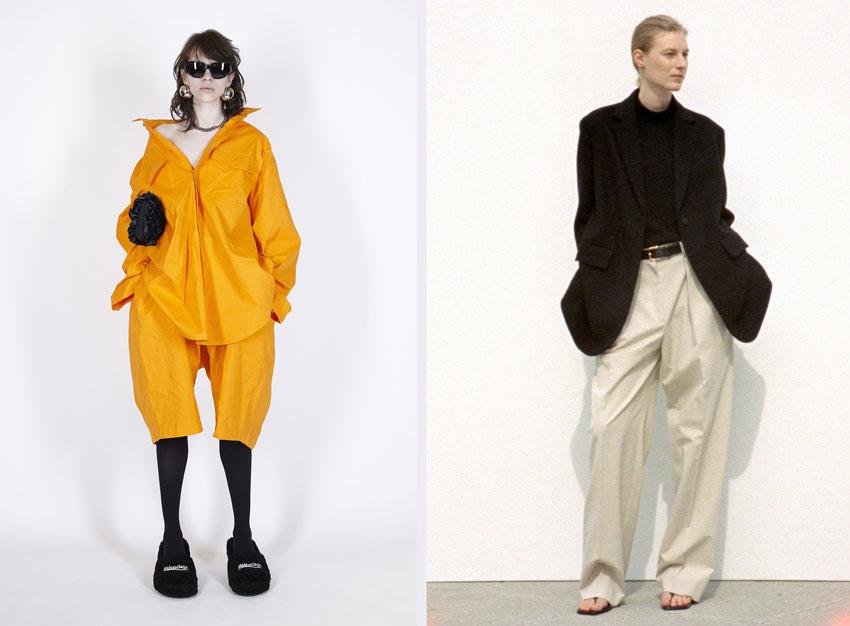
Sadly the Kardashian’s / Jenner’s who bludgeoned their way to becoming fixtures in fashion after they became so rich and famous that resistance was futile, haven’t got the memo but hopefully their impressionable audiences will start to see less pornographic imagery and more fashion forward content from their feeds soon.
As we evolve and progress into a more aware and inclusive global society, the way we consume and what we consume has started to change, hopefully for the better. We’re beginning to realize that we don’t need to see semi-naked women twerking and simulating sex on a stripper pole to sell a song, that it’s possible to post on Social Media without sexualizing it, you don’t have to be sexy to drive a car and the list goes on!
09 Jan 2025 25 minute ago
09 Jan 2025 1 hours ago
09 Jan 2025 1 hours ago
09 Jan 2025 2 hours ago
09 Jan 2025 2 hours ago